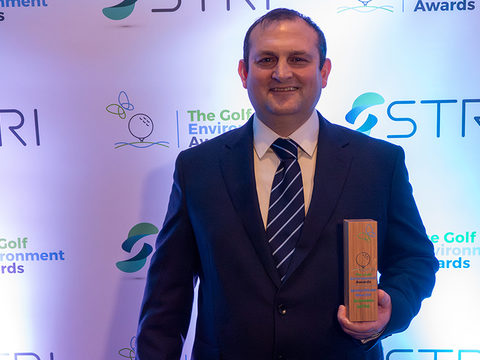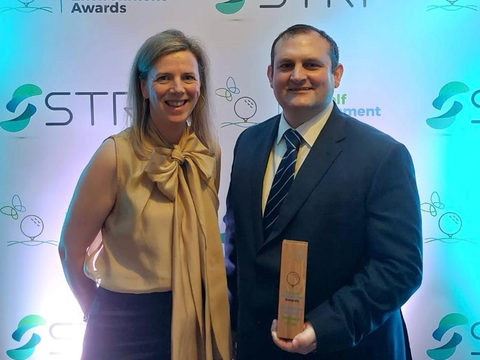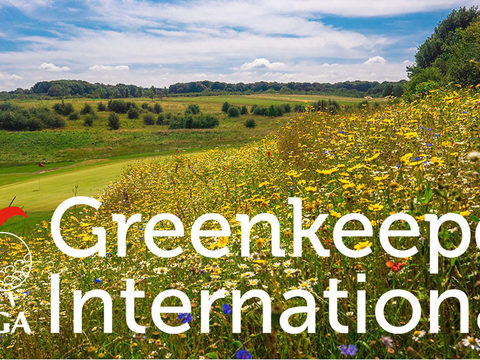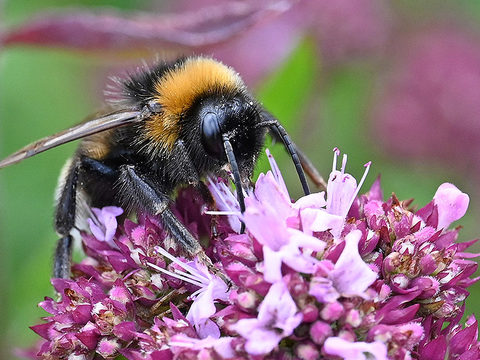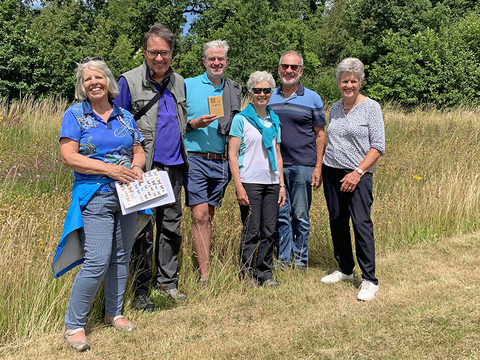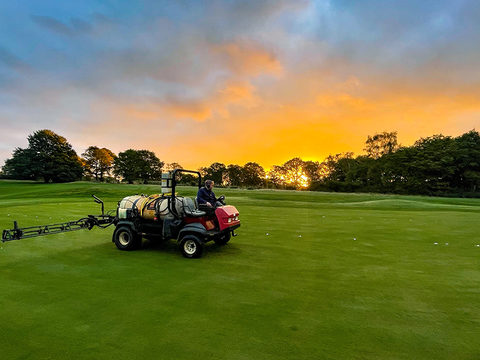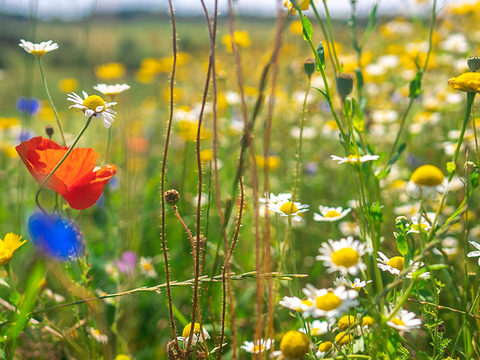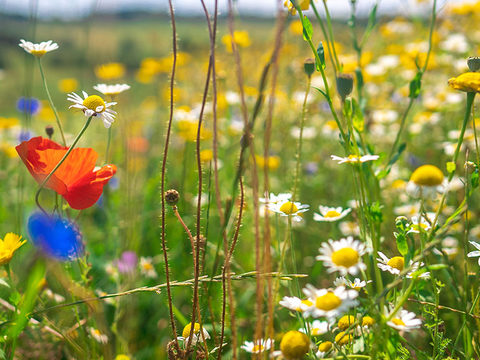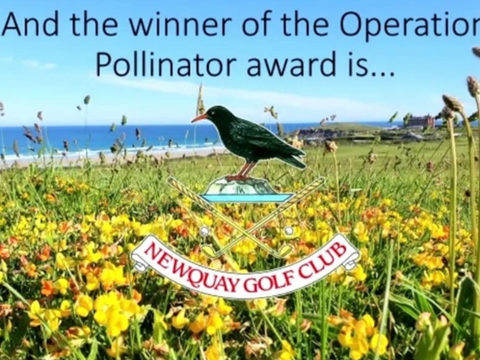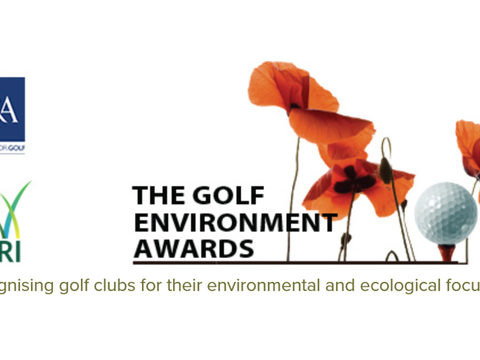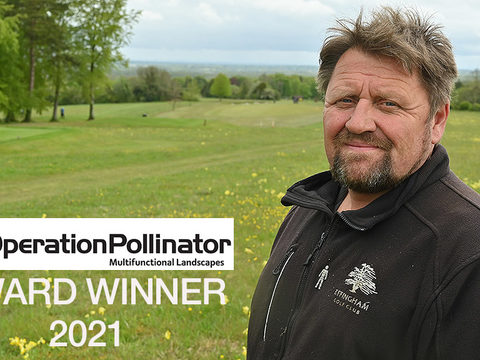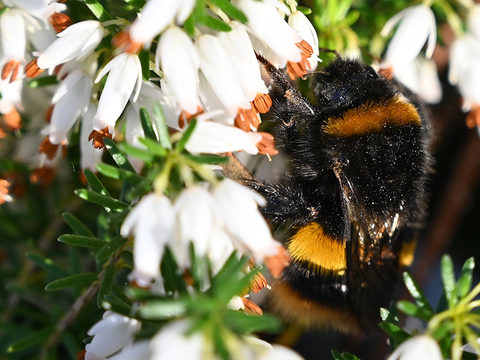Operation Pollinator Award 2021 - Finalists announced
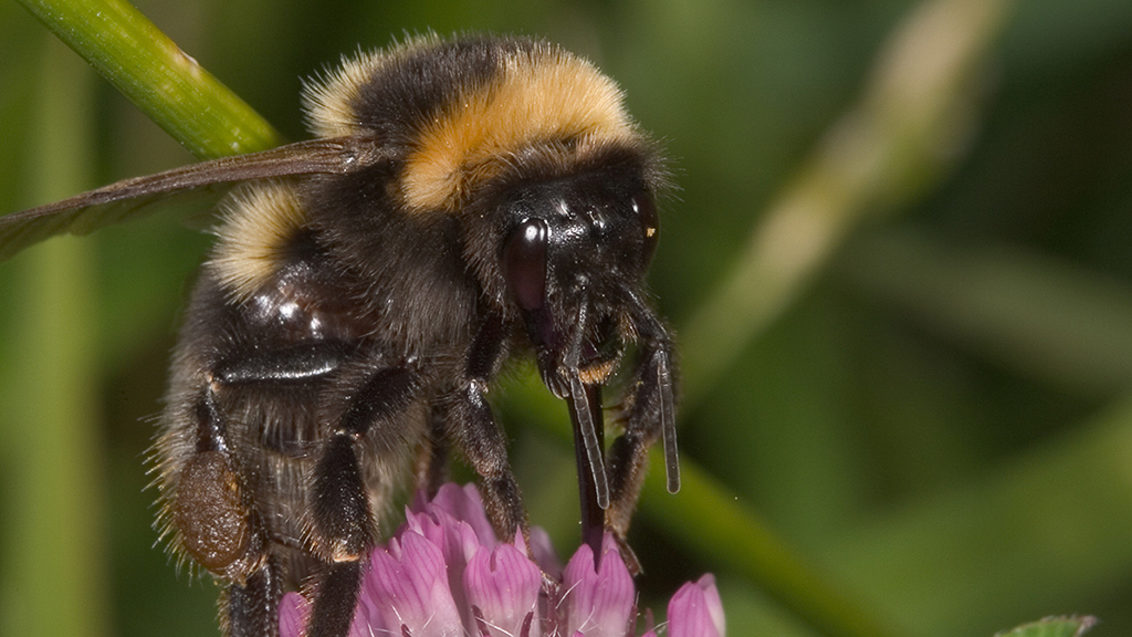
UK Golf Clubs Helping Bees, Butterflies and Beyond
Yellow rattle. Ox-eye daisy. Viper’s bugloss. Wild carrot. Ribwort plantain. Selfheal. Heather; cross-leaved and ling. This year, we’ve seen it all, writes Sophie Olejnik, STRI Senior Ecologist and Syngenta Operation Pollinator Award head judge. Read Sophie's report on the Finalists below ......
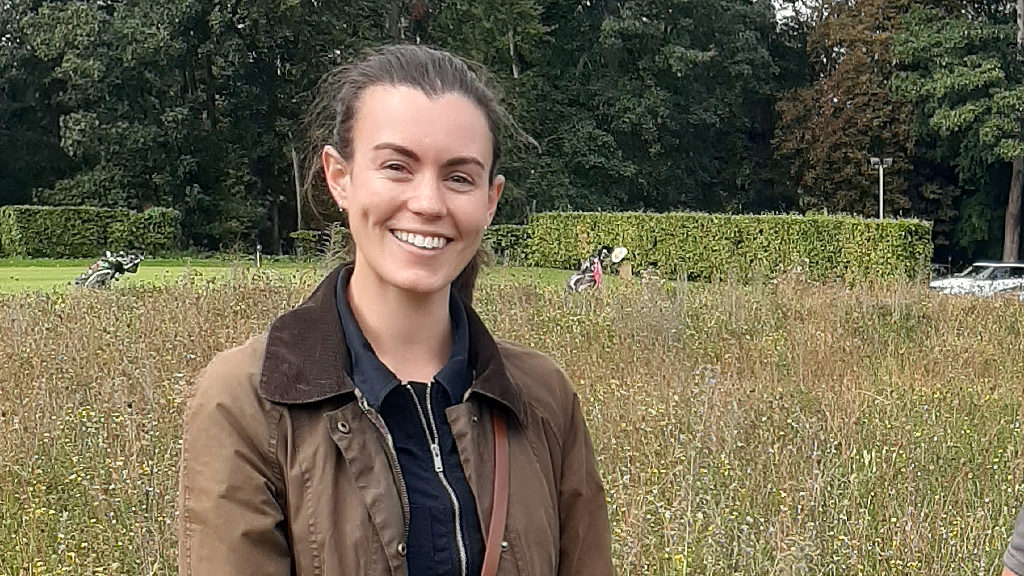
Syngenta’s Operation Pollinator initiative, and the greenkeepers that commit to the OP challenge can be thanked for that. Each year, as part of the Golf Environment Awards, we scout the UK for the cremé de la cremé of wildflower meadows, restored heathland, and other nectar and pollen rich habitats on golf courses.
This year, our travels took us up to Aberdeenshire to see last year’s Operation Pollinator winner, Richard Mullen at Banchory Golf Club, and all the way down to Surrey – a fair bit further than the average mileage of a bee (five miles, if you were wondering).
In October, we got together with Caroline Carroll and Glenn Kirby from Syngenta, Wendy Cole from The R&A and James Hutchinson of BIGGA to decide which four pollinator-friendly golf clubs would make it through as finalists of Operation Pollinator 2021. So, let’s take a look at who this year’s finalists are…
Alnmouth Golf Club
Fostering nature is a big part of the ethos at Alnmouth Golf Club.
Driven by Mark Linsley (greenkeeper) and Jim Story (head greenkeeper), the club have worked intensively to create pollinator habitat throughout the golf course in the last few years.
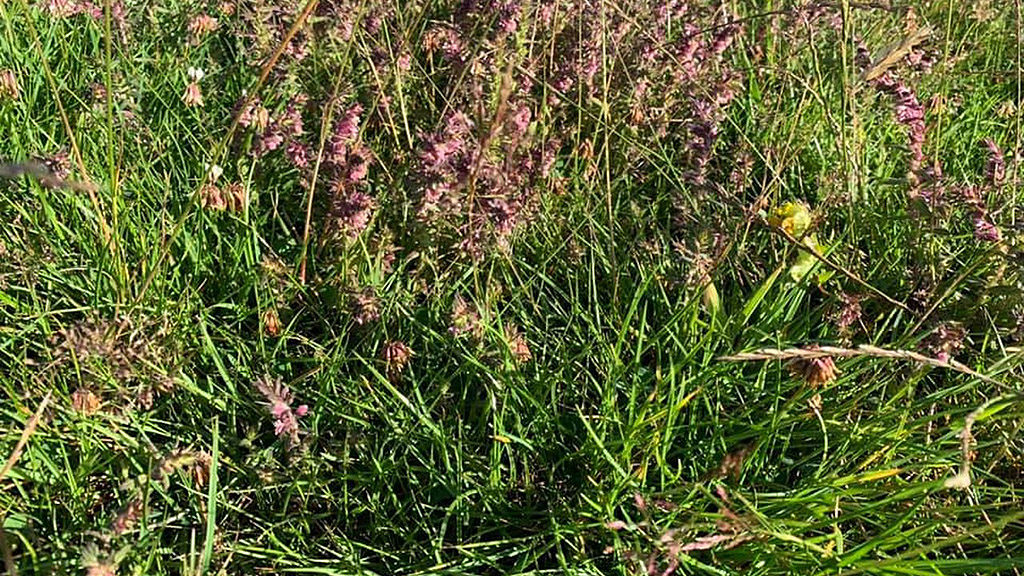
Alongside the standard practice of cutting and collecting, red bartsia and yellow rattle (above and below) have also been introduced to further reduce coarse grasses within the OP areas.
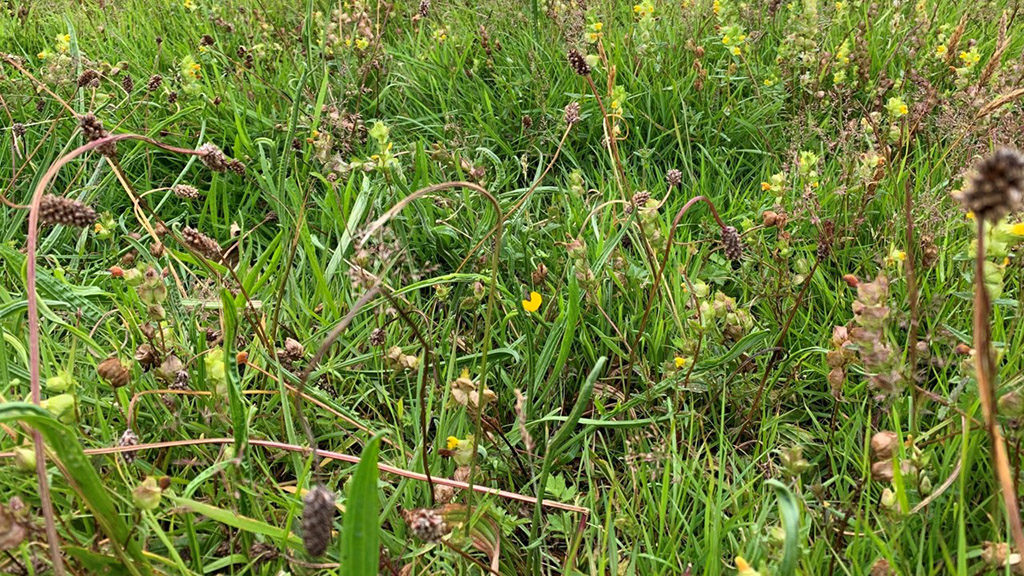
This has led to a marked increase in more favourable grasses such as sweet vernal - which is the larval foodplant of brown and skipper butterfly species - as well as an array of native wildflowers which have been teased out from the underlying seedbed. Locally native wildflowers have also been sown to bolster the availability of flowers throughout the most important months for pollinators.
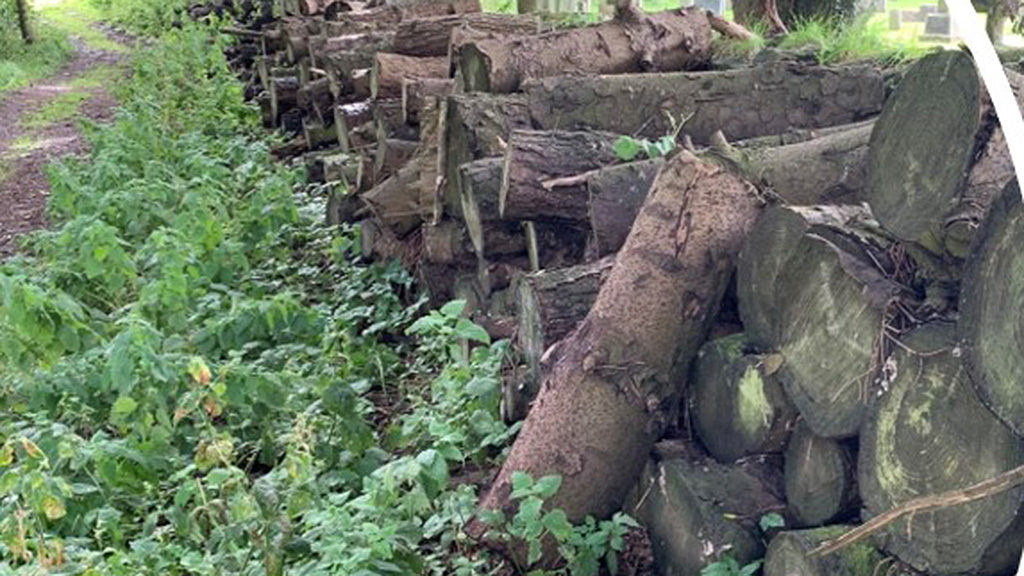
Hibernating insects and other overwintering wildlife are also catered for by the numerous log piles (above), walls, bug hotels and upturned tree stumps throughout the course, ensuring that there’s a safe space for pollinators until they emerge again in spring. Two new ponds that have been created and planted up with pollinators in mind (below).
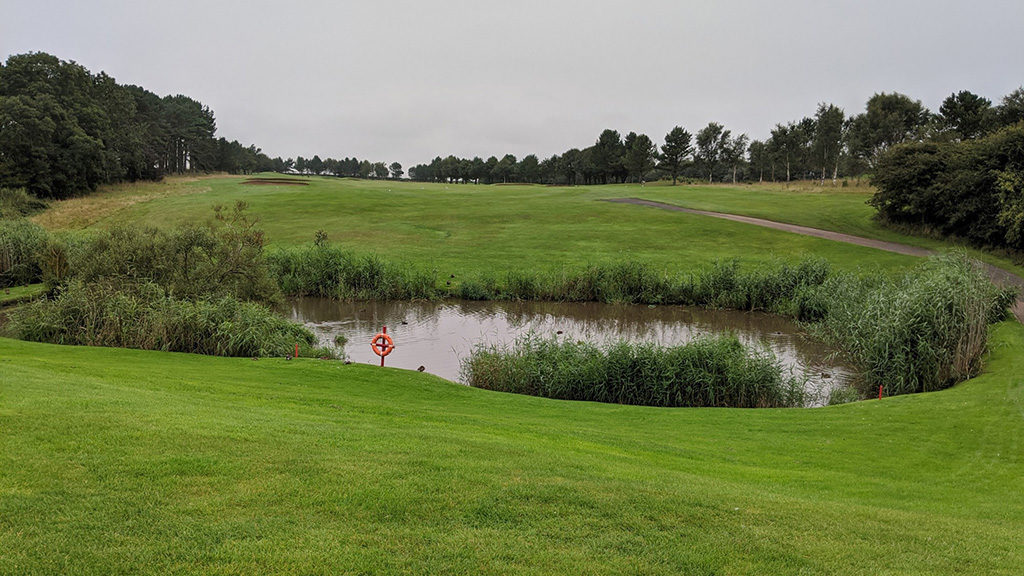
Surbiton Golf Club
Andrew Kerr, Course Manager at Surbiton Golf Club, has taken numerous steps to ensure that the golf course supports local pollinating insects by implementing a series of rich and colourful areas, consisting of both native wildflowers and ornamental species.
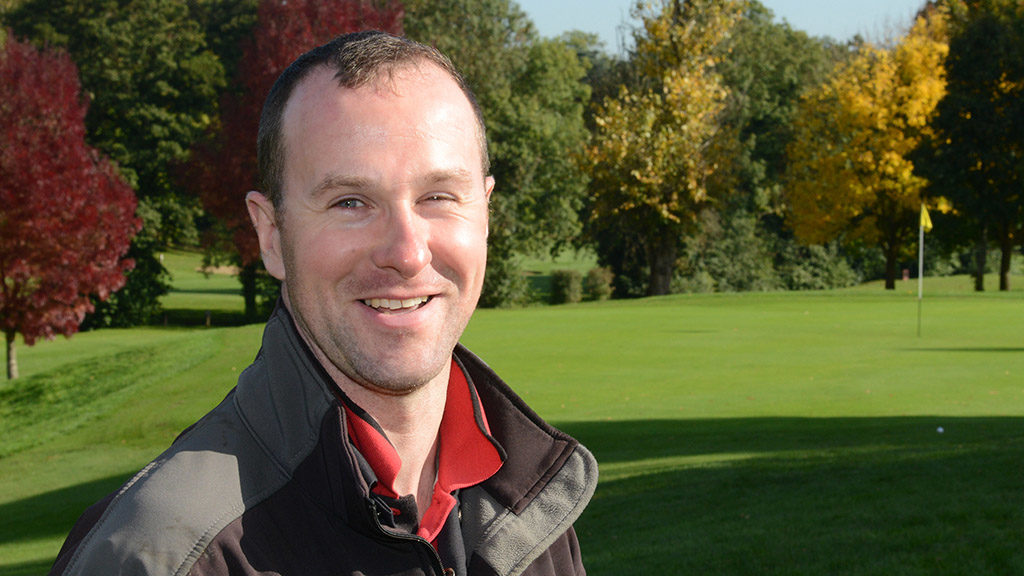
One such area lies alongside the maintenance facilities and consists of a large mound of nectar-rich habitat where wildflower earth has been spread and has now established into a carpet of wildflowers including ox-eye daisy, wild carrot and yarrow (below).
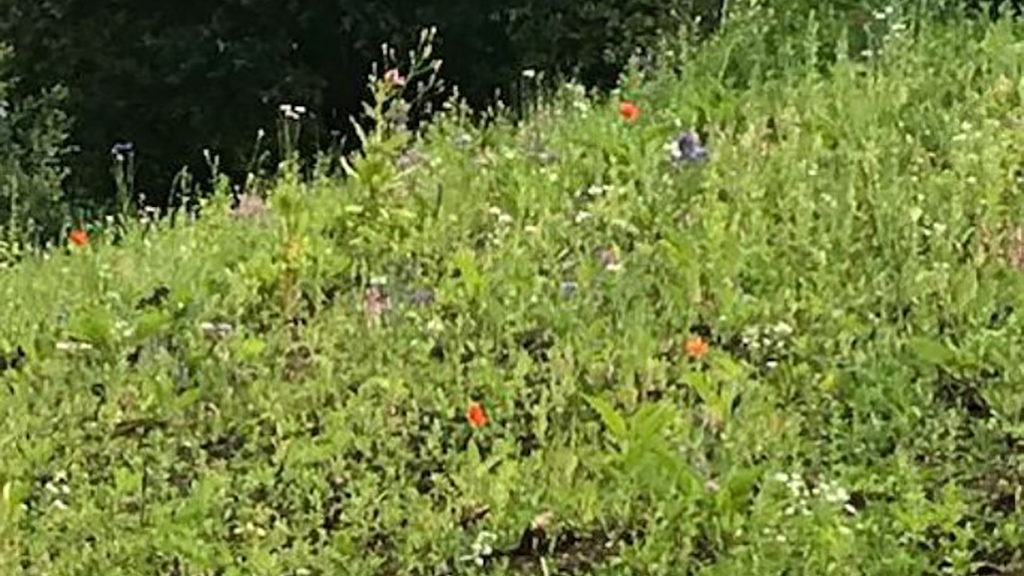
This area supports the honeybees in the hives just a few metres away, from which the honey is sold to members in the clubhouse to finance other environmental projects around the course.
Speaking of the members, some have kindly volunteered their time to assist Andrew and the rest of the greenkeeping team in planting hundreds of spring-flowering bulbs (below) along the entrance to the golf club to provide an important resource for early-emerging pollinators.
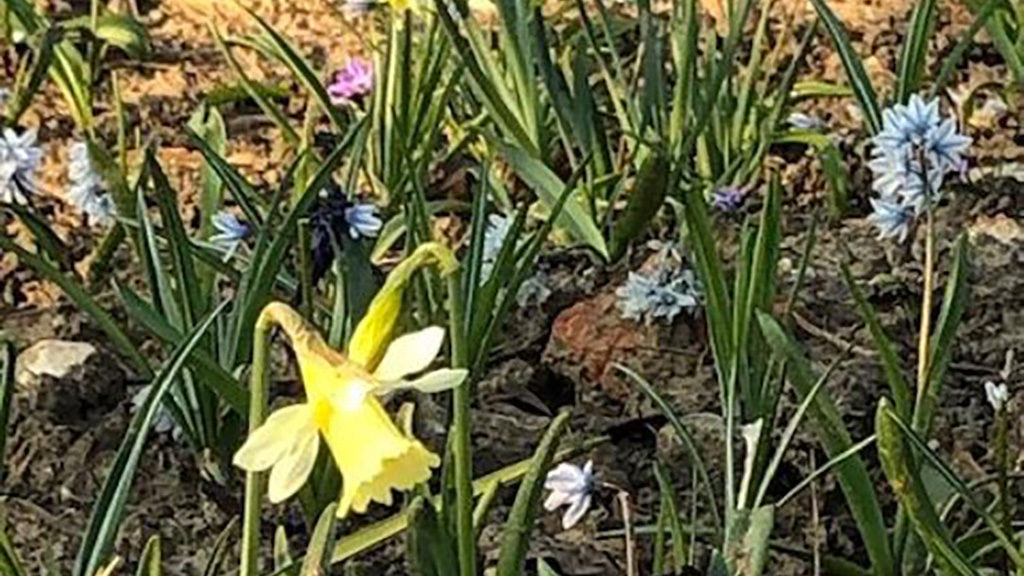
This, coupled with the numerous swathes of bluebell in the woodlands (below) and pockets of wildflowers in the ecology rough, means that there’s plentiful pollen for pollinators year round.
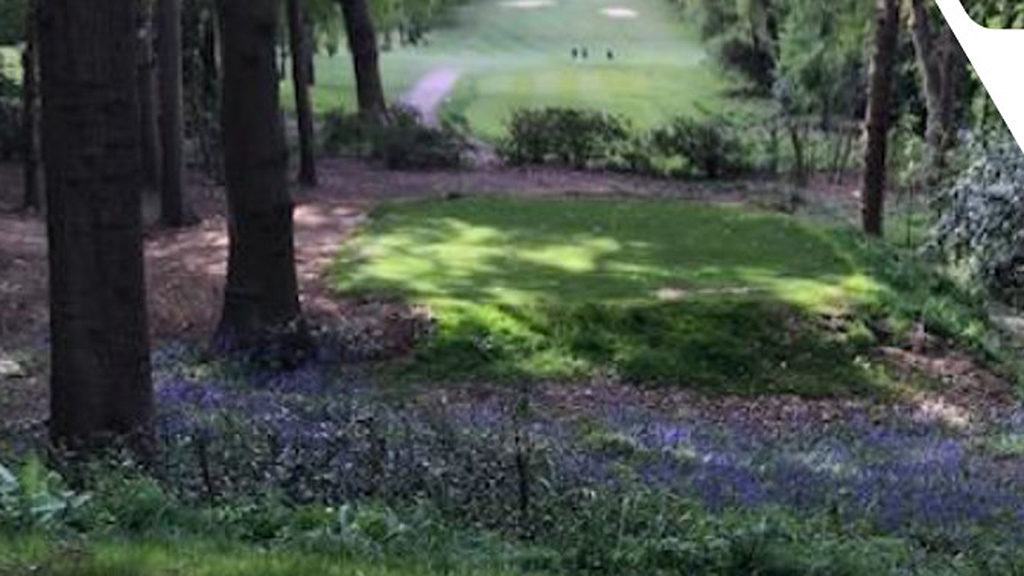
Effingham Golf Club
Jon Budd, Course Manager at Effingham Golf Club, has worked with his team over the course of the last decade to increase the extent of chalk grassland throughout the golf course, to now cover an impressive 21 hectares.
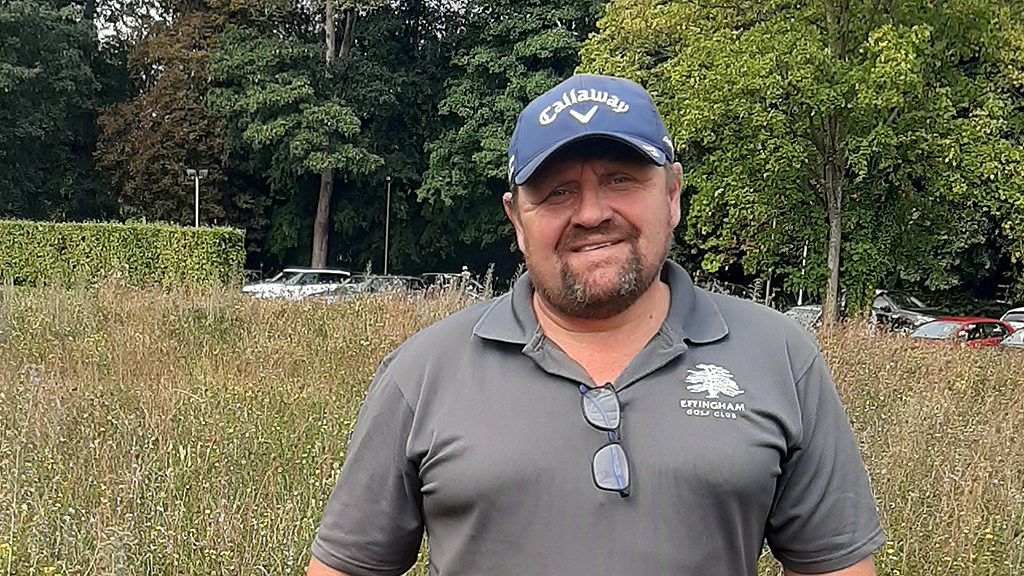
This has involved hundreds of hours of cutting, collecting and sometimes scarifying to bring the course back to life for butterflies, hoverflies and much more, as well as providing playable, thin grassland for golfers.
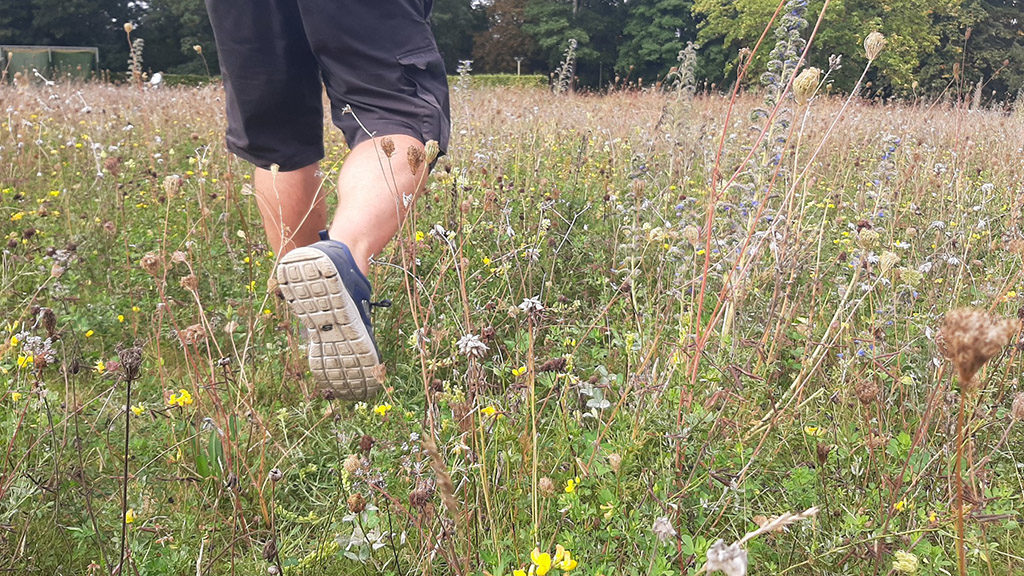
Wildflowers now flourish across the golf course and are visible as soon as your reach the club car park. Here, an area previously occupied by a tennis court is now a lively and diverse display of locally native wildflowers and grasses which support local pollinators year-round – it has even been frequented by a locally rare bee species!
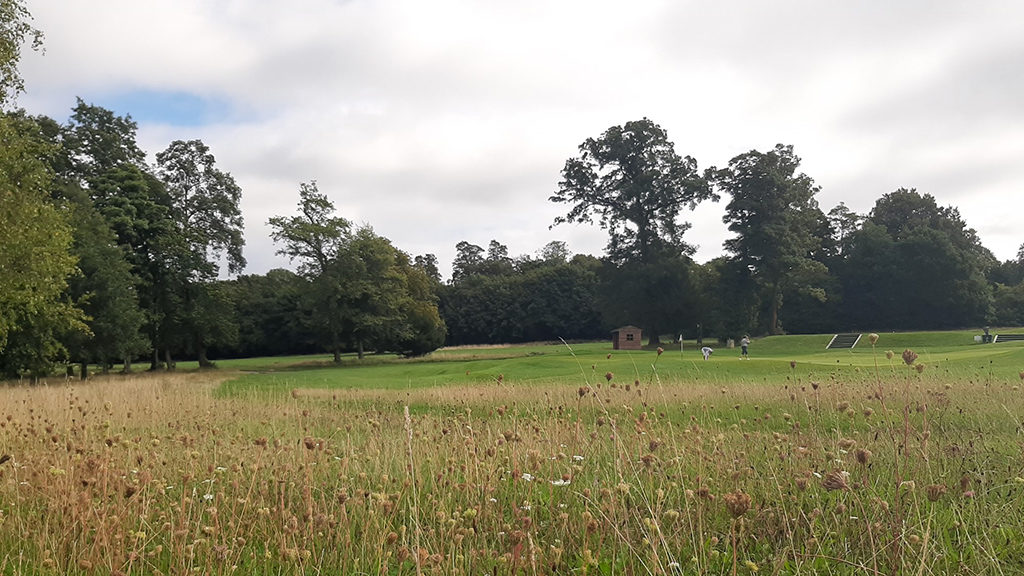
As a result, Jon has been keen to further involve the members and wider community through regular course blogs, guided walks and Youtube videos, inspiring many to create wildflower areas in their own gardens to create a pollinator highway in the local area.
Huntercombe Golf Club
Grant Stewart has been the course manager at Huntercombe for four years and has vastly enhanced the golf course, from an ecological and golfing perspective. Now, largely due to Grants' passion, the club is now incredibly enthusiastic about managing for wildlife, in particular pollinators.
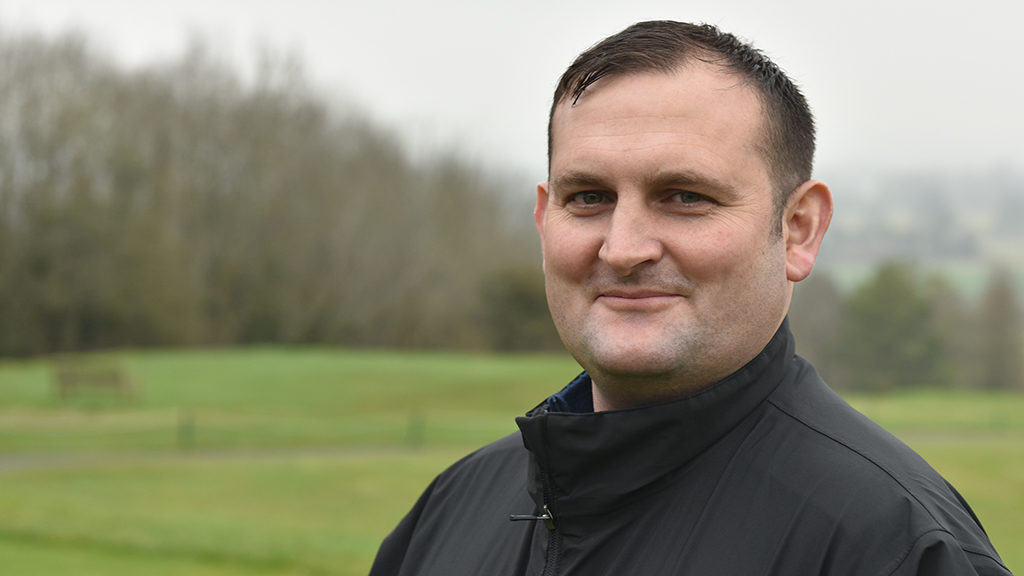
One of many projects the team have worked on recently is the transformation of a large area of former farmland into a wildflower meadow. OP favourite yellow rattle has been introduced to assist with thinning grasses and mechanical works will continue to reduce coarse grasses going forward.
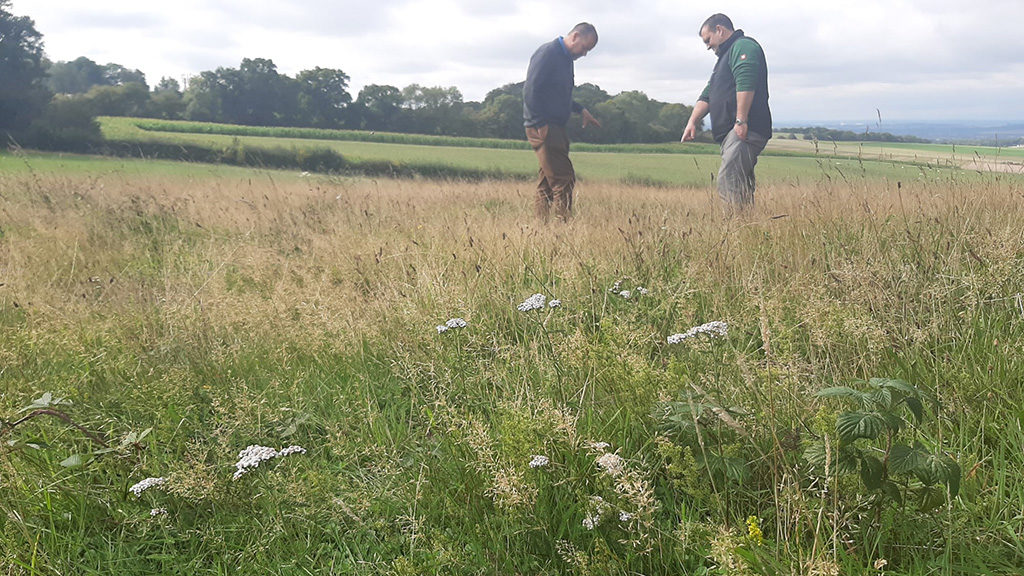
Visible from the well-used Ridgeway footpath, the club hope to inspire others to create their own pollinator areas.
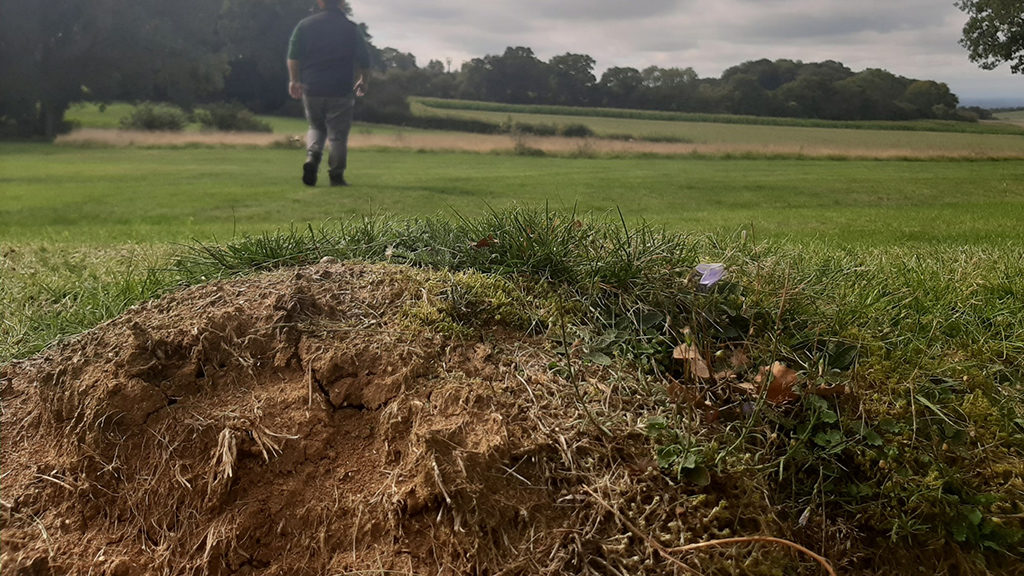
Within the golf course, Huntercombe supports a heathland mosaic of heather (ling and cross-leaved) and acid grassland. The team have restored areas of heathland with turves and brash to provide late summer pollen and nectar alongside numerous south-facing sparsely vegetated banks for burrowing bees.
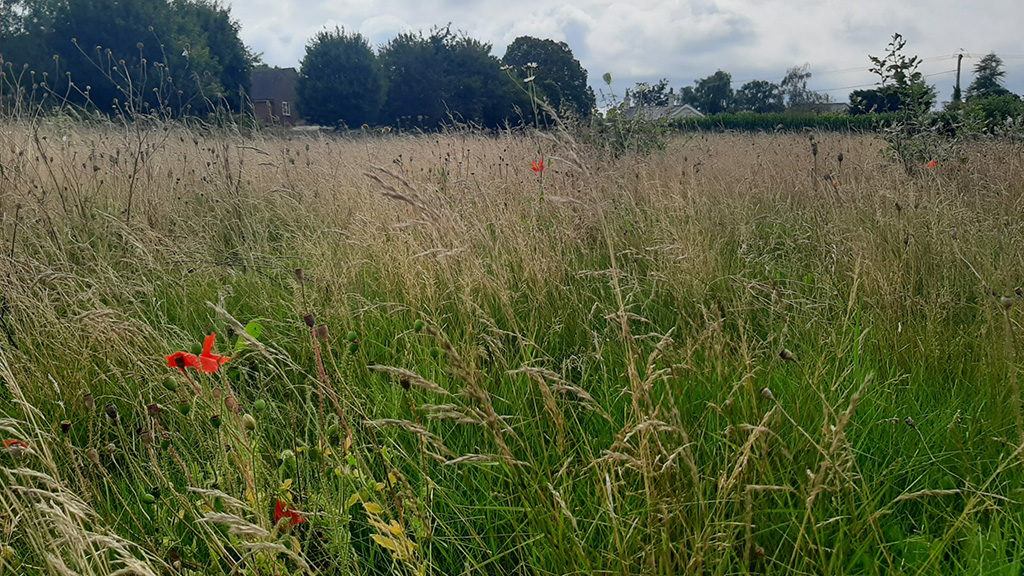
Fringing rough has also been created, knocking back scrub and coarse grasses to create wispy, wildflower-abundant strips of acid grassland awash with scabious, restharrow, wild basil and more.
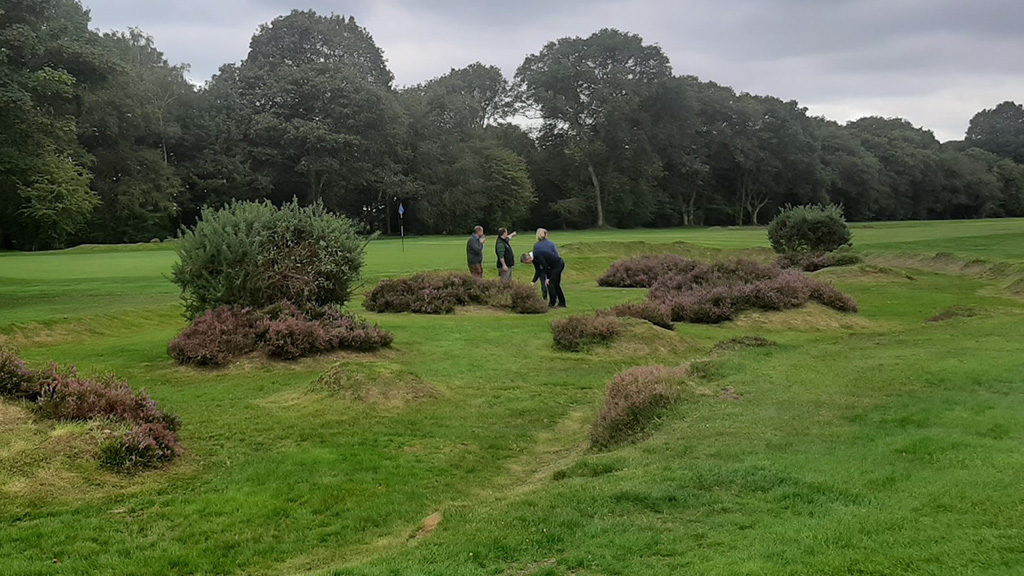
Thank you to all our finalists, all who entered, and all who are saving up their Operation Pollinator projects to enter another time. You are making a positive change for golf, and the environment.
Now, who will become Operation Pollinator Champion 2021? You can find out on Wednesday 16th December 2020 at the annual Golf Environment Awards ceremony. Please email info@golfenvironmentawards.com if you’d like to attend our free, virtual awards.
Thanks to golf clubs around the UK, golf courses are fast becoming havens for pollinating insects. Syngenta’s Operation Pollinator initiative kickstarted a revolution, not just on golf courses, but on agricultural land too.
Nationally, Operation Pollinator is seeking to establish 250 hectares of specific new habitat on up to 500 golf courses across the UK – creating a significant ecological resource and proving that golf and the environment can be effectively managed together.
If you’d like to be part of the OP movement, head here to see what you can do to support pollinating insects.



